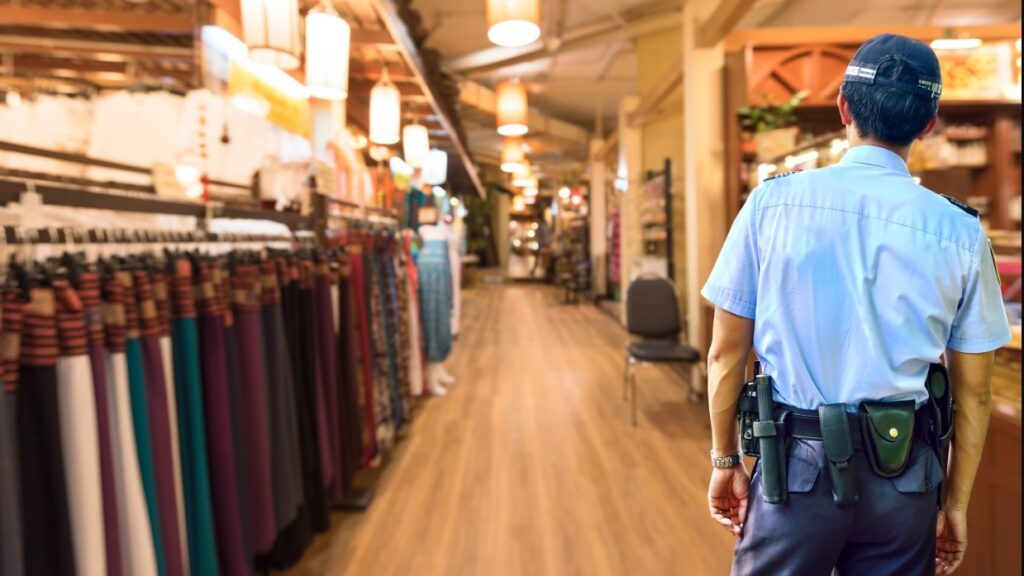In recent years, a new trend has emerged in the retail industry, revolutionizing the traditional concept of brick-and-mortar stores: the rise of staffless or unmanned stores. These innovative retail spaces operate without human employees, relying on advanced technology to streamline operations and enhance customer experience.
This shift marks a significant evolution in the way businesses approach retail, leveraging automation and digitalization to meet the changing demands of consumers in a rapidly evolving marketplace.
Staffless stores, also known as cashierless or autonomous stores, leverage a combination of computer vision, artificial intelligence (AI), and sensor fusion to enable seamless transactions and eliminate the need for traditional checkout counters.
Customers can simply enter the store, select their desired items, and leave without the hassle of waiting in line or interacting with store personnel. This frictionless shopping experience not only saves time for customers but also reduces operational costs for businesses by eliminating the need for staffing and minimizing the risk of human error.
The Rise of Staffless Stores

One of the pioneering examples of staffless stores is Amazon Go, launched by e-commerce giant Amazon in 2018. Amazon Go stores utilize a system of cameras and sensors to track customers and their selected items as they move through the store.
Upon exiting, customers’ accounts are automatically charged for the selected item, providing a seamless and efficient shopping experience. Since its inception, Amazon Go has expanded its footprint, demonstrating the viability and scalability of the staffless store model.
Beyond Amazon Go, other retailers and tech companies have also embraced the concept of staffless stores, introducing their own iterations of cashierless retail environments. Companies like Zippin, Standard Cognition, and Trigo Vision have developed technology solutions that enable retailers to retrofit existing stores or create new ones that operate without traditional checkout processes.
These advancements not only cater to the growing demand for convenience among consumers but also offer retailers an opportunity to optimize their operations and stay competitive in a rapidly evolving retail landscape.
The benefits of staffless stores extend beyond convenience and cost savings. By leveraging data analytics and machine learning algorithms, these stores can gather valuable insights into customer behavior and preferences, enabling retailers to tailor their offerings and marketing strategies more effectively.
Additionally, staffless stores have the potential to enhance accessibility for customers, particularly those with mobility or sensory impairments, by providing a more inclusive shopping experience.
Labor-less Store Security

However, the rise of staffless stores also raises important concerns regarding privacy, security, and job displacement. The extensive use of surveillance technologies in these stores raises concerns about data privacy and surveillance, prompting discussions about the ethical implications of pervasive monitoring in retail environments.
Furthermore, the automation of retail jobs may lead to job displacement for traditional retail workers, highlighting the need for workforce reskilling and adaptation to the changing nature of work in the digital age.
We can conclude that the emergence of staffless stores represents a paradigm shift in the retail industry, driven by technological advancements and changing consumer preferences. These innovative retail spaces offer a glimpse into the future of retail, where automation and digitalization converge to create seamless and efficient shopping experiences.
While staffless stores present opportunities for businesses to enhance operational efficiency and customer engagement, they also pose challenges related to privacy, security, and workforce dynamics. As the retail landscape continues to evolve, it will be essential for stakeholders to navigate these challenges thoughtfully and responsibly to ensure that the benefits of staffless stores are realized equitably and sustainably.







